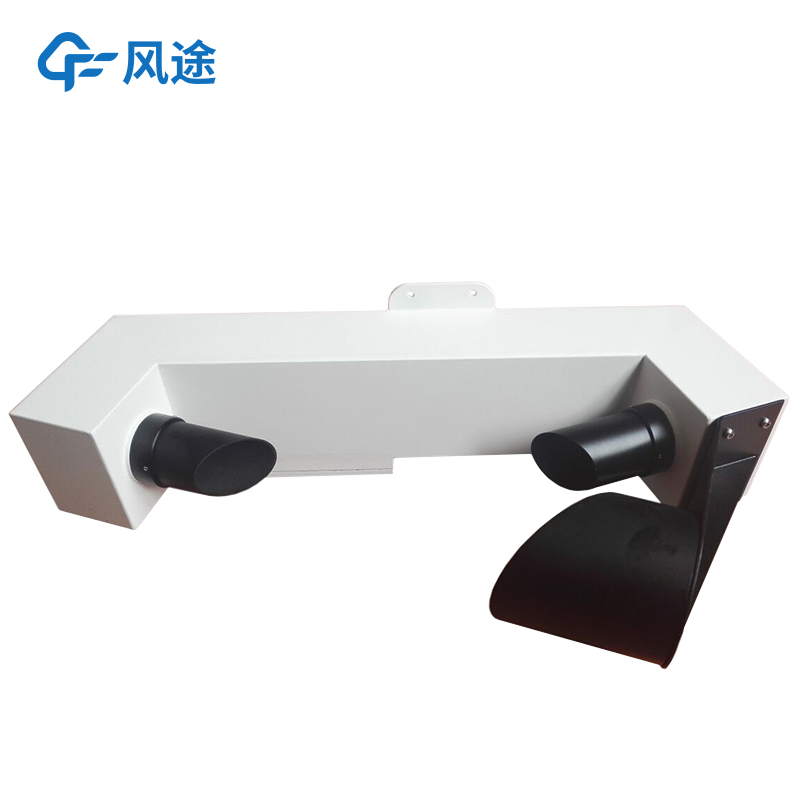Shandong Fengtu IOT Technology Co., Ltd
Sales Manager:Ms. Emily Wang
Cel,Whatsapp,Wechat:+86 15898932201
Email:info@fengtutec.com
Add:No. 155 Optoelectronic Industry Accelerator, Gaoxin District, Weifang, Shandong, China

Sales Manager:Ms. Emily Wang
Cel,Whatsapp,Wechat:+86 15898932201
Email:info@fengtutec.com
Add:No. 155 Optoelectronic Industry Accelerator, Gaoxin District, Weifang, Shandong, China
time:2025-09-29 10:04:17 source:Weather Station viewed:142 time
Low-visibility weather conditions (such as heavy fog, dense haze, heavy rain, and smoke/dust) reduce drivers' effective visual range and are a major cause of significant safety incidents including multi-vehicle rear-end collisions on highways and aircraft go-arounds or delays at airports. Therefore, to reduce such accidents, it is necessary to deploy professional visibility monitoring stations at key locations such as sections prone to localized fog patches on highways, airport runways, and mountain bridges and tunnels.
Visibility monitors commonly used in the transportation sector are primarily based on optical principles and are mainly categorized into two types:
Forward Scatter Visibility Meters: These emit infrared light beams and measure the intensity of forward-scattered light produced by particles in the air at specific angles (e.g., 33°-45°). Visibility values are calculated using models such as the Koschmieder Law. This method offers a compact size, flexible installation, fast response (up to seconds), minimal interference from ambient light, and relatively easy maintenance. While its accuracy is slightly lower than transmissometer-based systems, it meets most transportation needs and is suitable for scenarios requiring flexible deployment such as highways, urban roads, bridges, and tunnels.
Transmissometers: These place transmitters and receivers at both ends of a fixed baseline (e.g., several tens of meters). They directly measure the attenuation of light beams after passing through the atmosphere, calculate transmittance or extinction coefficients, and thereby derive visibility. This method provides high accuracy but requires long installation baselines, has high site requirements, and involves higher construction and maintenance costs. It is suitable for applications requiring extremely high measurement accuracy such as airport runways and meteorological reference stations.
Currently, in the transportation sector, particularly within highway systems, forward scatter visibility meters are most widely used due to their comprehensive advantages. In practical applications, visibility meters typically do not operate independently but rather serve as one of the core sensors of highway weather stations, integrated with other sensors to form a complete monitoring unit.

The Visibility and Present Weather Sensor is an automatically continuous monitoring sensor, whose main monitoring targets include visibility, precipitation conditions, and specific types of visibility-impairing weather phenomena.This device works based on the forward scattering principle. It activel...
The Portable Weather Station is a meteorological device specifically designed for emergency rescue sites. It features a simple design and is equipped with a shock-absorbing trolley case, which enables it to be easily carried to various rescue sites and quickly deployed within a short period of time,...
FT-BQX9 Professional Weather Station is a portable weather station suitable for industrial use, characterized by its highly integrated design that combines monitoring functions for nine meteorological and environmental elements into a single compact sensor.【Monitoring Elements】It can simultaneousl...
The Fengtu Visibility Sensor is a professional device used to measure atmospheric transparency, quantifying Meteorological Optical Range (MOR) to provide critical data for traffic safety and weather warning systems.Its mainstream working principle is "forward scattering". The sensor's...